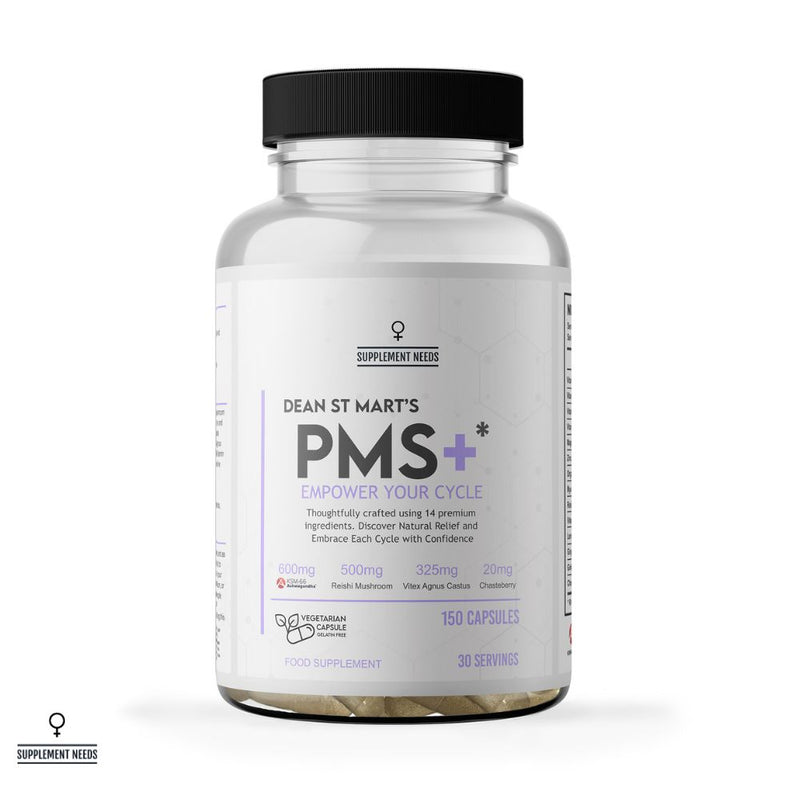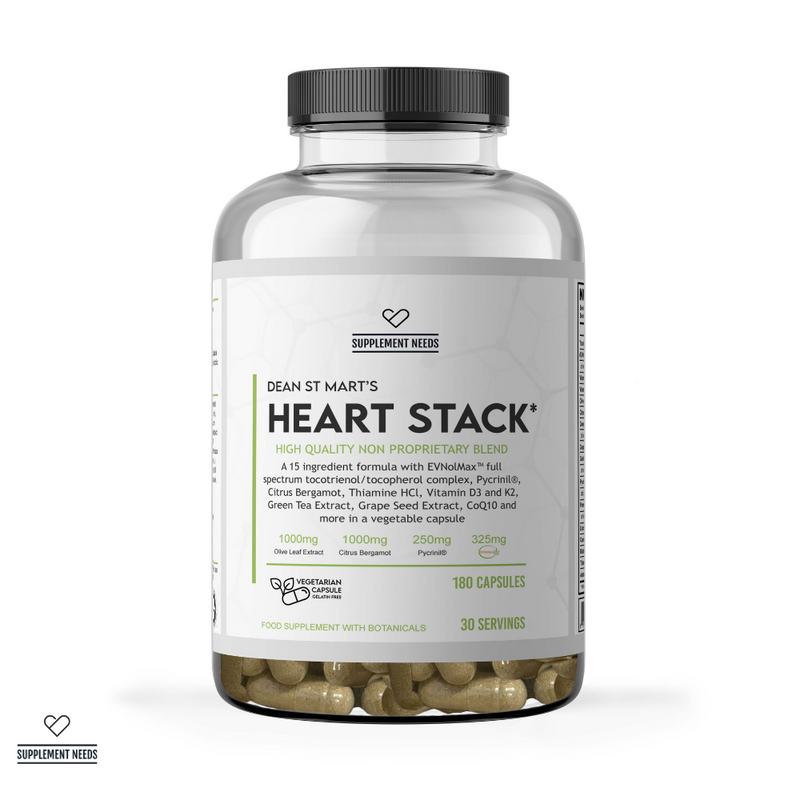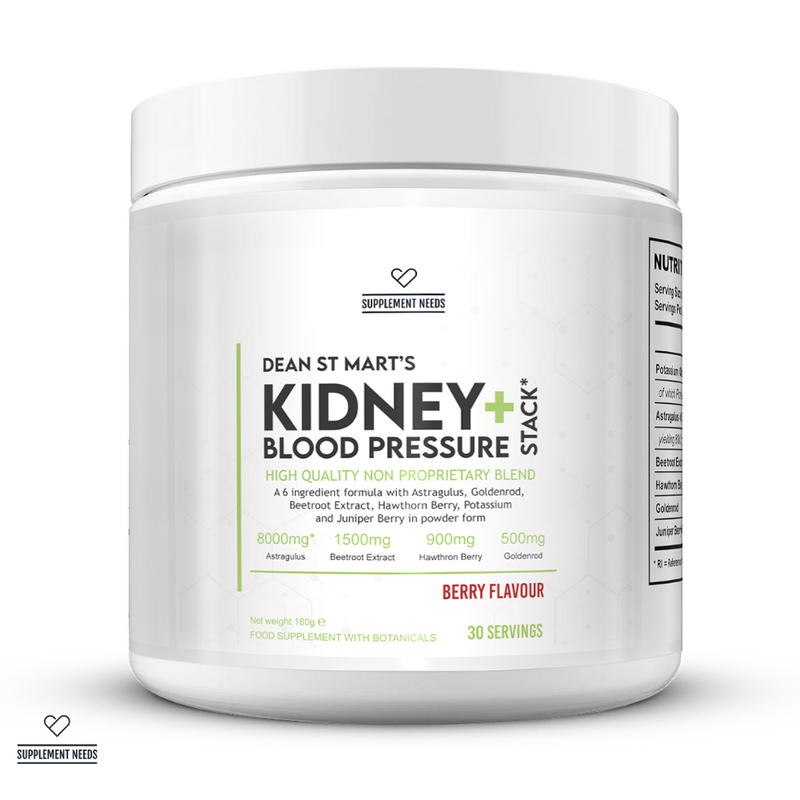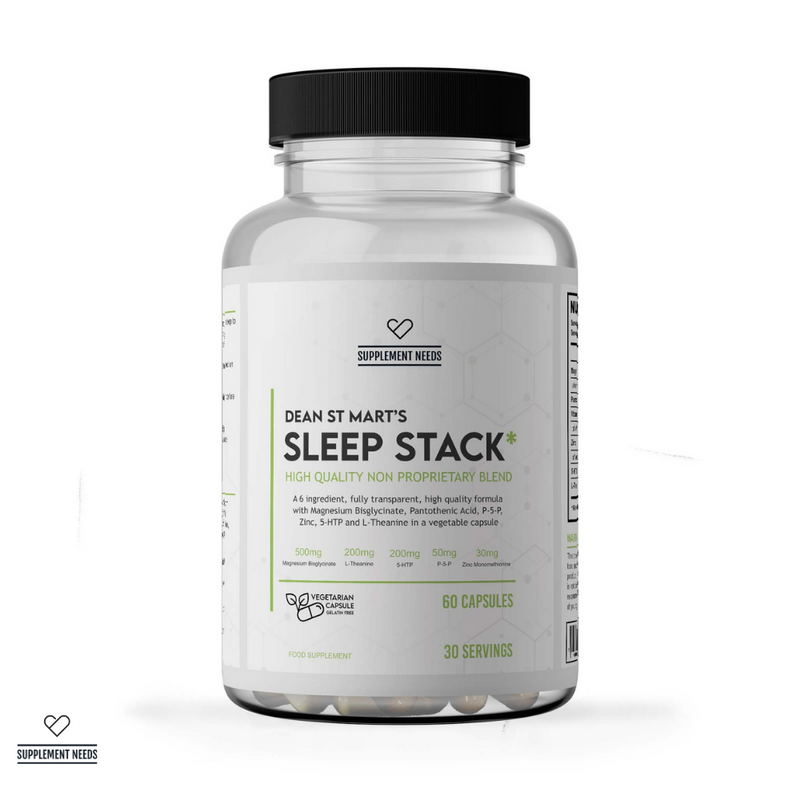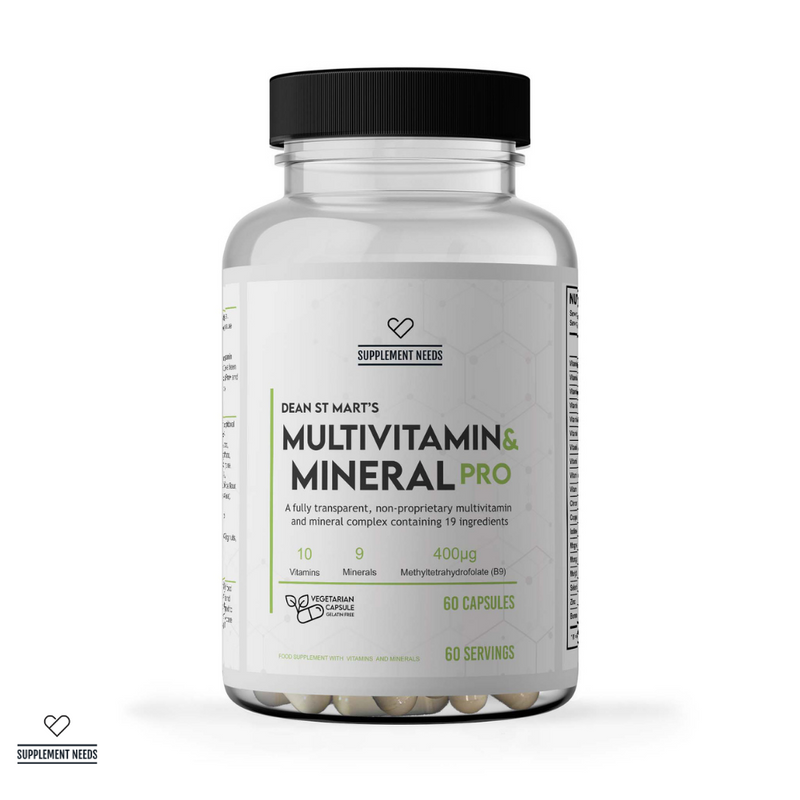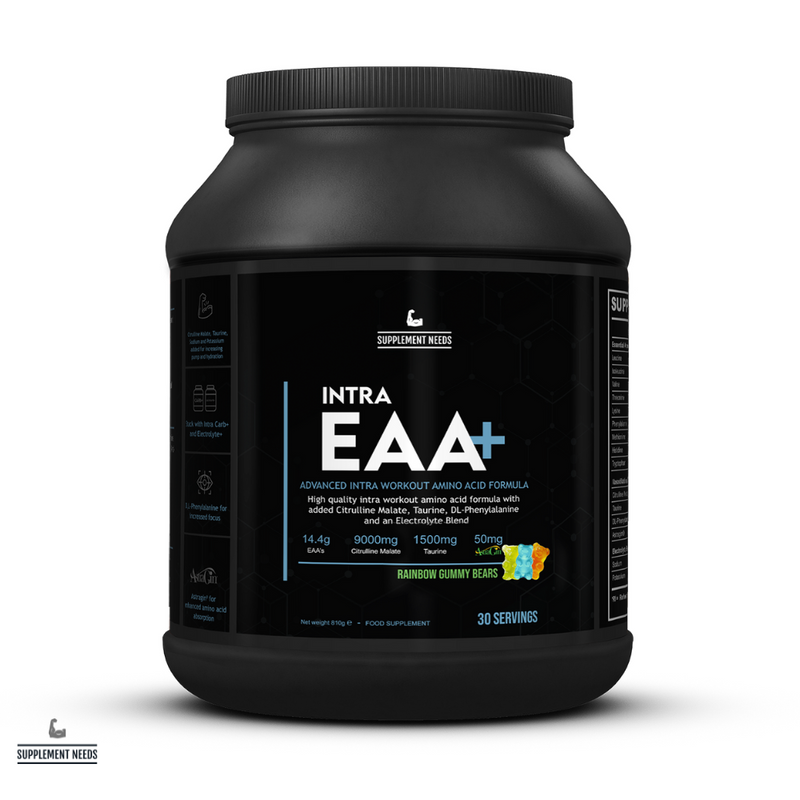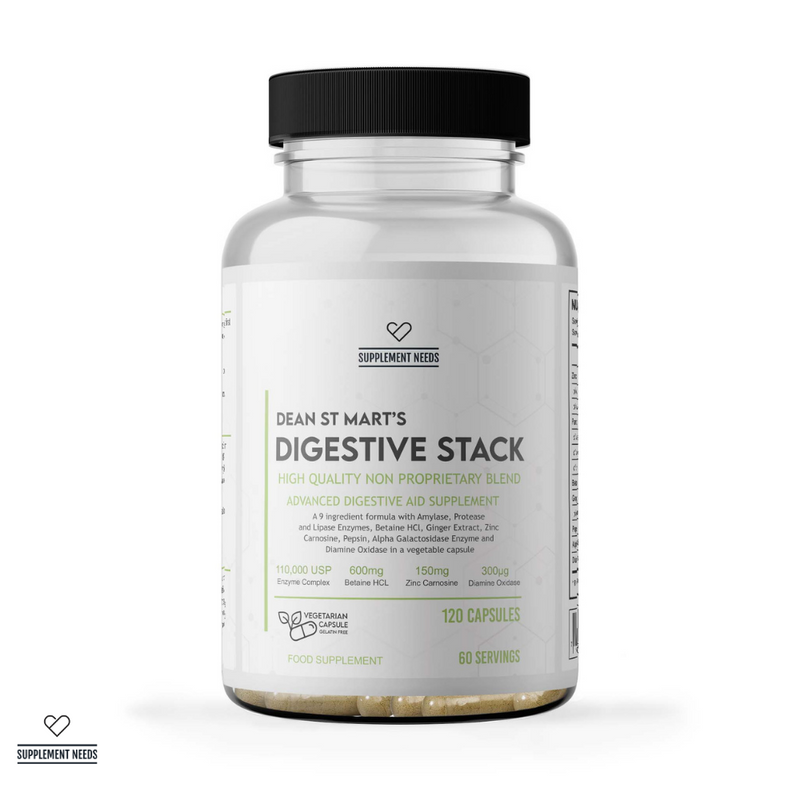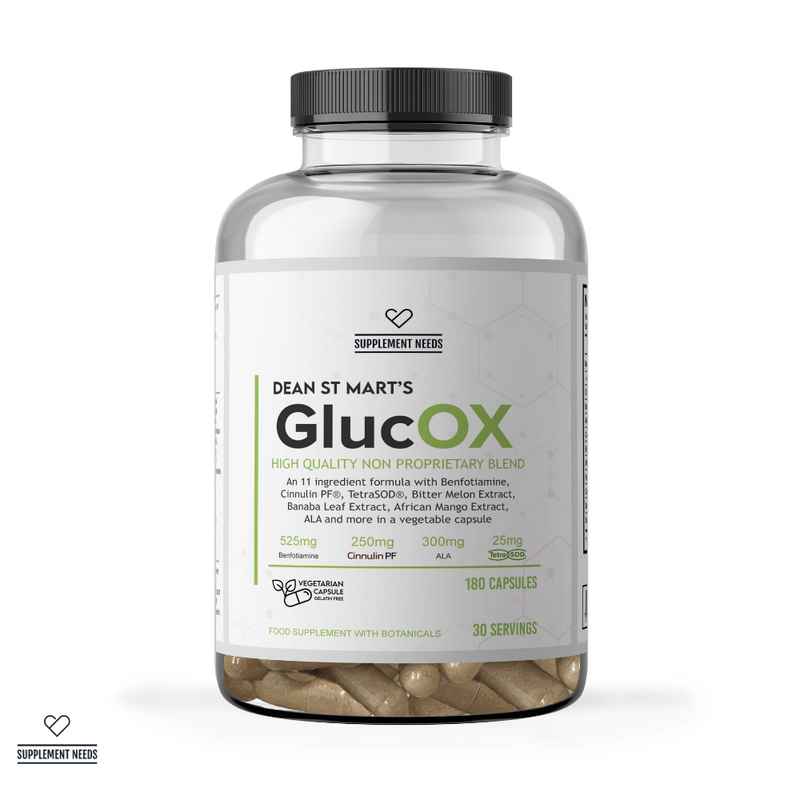Do you want to make gains in the gym, but find that many protein powders trigger your lactose intolerance? Then you’ll be pleased to know that there are alternatives that potentially provide the same benefits as traditional options like whey protein, but with none of the unpleasant side effects. Keep reading to find out more…
Protein powders and lactose intolerance: what you need to know
Let’s begin by busting a common myth around protein powders and lactose intolerance.
Protein powders aren’t going to cause you to develop lactose intolerance.
Instead, if you already have pre-existing lactose intolerance then certain protein powders can trigger it and cause you to manifest the symptoms of lactose intolerance such as stomach pain/discomfort, bloating, gas, diarrhoea and nausea.
Hopefully, that distinction is clear.
The next question that’s likely on your lips is, “but, why do certain protein powders trigger lactose intolerance?”
Answering that requires us to delve into both the mechanisms of lactose intolerance, and the way in which protein powders are formulated…
Understanding lactose intolerance
Lactose intolerance is more widespread than many people assume. As per one study1, it’s estimated that around 68% of the world’s population has some form of lactose malabsorption.
The keen eyed amongst you may have spotted a slight inconsistency just then.
We’re talking about lactose intolerance, yet we just referenced lactose malabsorption.
Is there a difference between the two things?
The two terms tend to be used interchangeably, however, there is a subtle difference between the two:
-
Lactose malabsorption - this refers to the failure of the small intestine to ingest lactose due to a deficiency in lactase. Lactose malabsorption can occur without manifesting symptoms.
- Lactose intolerance - this also refers to the failure of the small intestine to ingest lactose due to a lack of lactase expression. However, in contrast to lactose malabsorption, lactose intolerance is characterised by abdominal symptoms (e.g. stomach pain/discomfort, bloating, gas, diarrhoea and nausea).
As one study2 characterises the difference between the two conditions, ‘Lactose intolerance has recently been defined as symptoms developing after ingestion of lactose which do not develop after placebo challenge in a person with lactose maldigestion’.
In other words; it is roughly true to say that everyone with lactose intolerance suffers from lactose malabsorption, but not everyone with lactose malabsorption suffers from lactose intolerance.
For the sake of simplicity, and the fact that you’re likely reading this article because you suffer abdominal symptoms when you consume lactose (e.g. you are lactose intolerant), we’ll be referring to lactose intolerance for the remainder of this article.
The mechanism of lactose intolerance
In the public mind, lactose intolerance is typically characterised as being ‘abdominal symptoms in response to the consumption of lactose’.
But how does this process work exactly? And, what is lactose?
Put in the simplest terms, lactose is a sugar that is found in milk (you may see it referred to as a ‘milk sugar’). In fact, it’s the main carbohydrate found in milk. It’s most commonly found in the milk of cows, sheep and goats.
In more technical terms, lactose is what is known as a disaccharide sugar that is synthesised by galactose and glucose subunits (basically, the galactose and glucose subunits are combined via a condensation reaction to become a single molecule - lactose).
However, like other molecules, your body needs to break down lactose into its smaller component parts (known as ‘simple sugars’) in order for it to be adequately absorbed by the small intestine3.
So, how does your body ‘break down’ lactose?
Once milk is consumed, the intestinal villus - which are small, finger-like projections that extend into the lumen of the small intestine - excrete an enzyme called lactase-phlorizin hydrolase (LPH) (a β-D-galactosidase enzyme) which breaks down the lactose and allows it to pass through the wall of the small intestine and be digested4.
However, in individuals with lactose intolerance, their body is either unable to produce lactase (or can only produce very small amounts of lactase). This means that any lactose that is consumed cannot be broken down - resulting in digestive distress.
To put this another way, lactose intolerance stems ultimately from lactase deficiency. Studies define lactase deficiency as ‘the failure to express the enzyme that hydrolyses lactose into galactose and glucose in the small intestine’5.
What happens to the lactose that isn’t broken down by the body? As one study6 aptly summarises it:
‘Lactase deficiency results in unabsorbed lactose being present in the intestinal tract, which has effects that can lead to symptoms of lactose intolerance in susceptible individuals. First, the increased osmotic load increases the intestinal water content. Second, lactose is readily fermented by the colonic microbiome leading to production of short chain fatty acids and gas (mainly hydrogen (H₂), carbon dioxide (CO₂), and methane (CH₄))’.
As a final point on the mechanism of lactose intolerance, it’s important to note that ‘Lactose intolerance depends not only on the expression of lactase, but also on the dose of lactose, intestinal flora, gastrointestinal motility, small intestinal bacterial overgrowth and sensitivity of the gastrointestinal tract to the generation of gas and other fermentation products of lactose digestion’7.
“But,” you may ask, “why do some people become lactose intolerant and others do not?”
There are a number of answers to this that we’ll explore in the next section of this article.
The different types of lactose intolerance
Although opinions differ, it’s generally agreed by scientists and medics that lactose intolerance can be divided into four ‘types’.
Primary lactose intolerance
The majority of people begin life with their bodies producing sufficient lactase to break down and digest lactose.
That’s simply because babies receive all of their initial nutrition from milk. In fact, in their very earliest days, babies’ digestive systems are designed to survive on breast milk alone8 (which is very dense in lactose, containing approximately 7.5g/100ml9).
However, as babies are weaned off milk their bodies gradually adapt to other foods, concurrently producing considerably less lactase.
Whilst this decrease in lactase production inevitably happens during the transition from infant to toddler, it happens in some people to a much greater extent than others. This is known as primary lactose intolerance.
Those individuals whose bodies continue to produce sufficient lactase to process lactose are considered to have a trait known as ‘lactase persistence’(LP)10. Conversely, those individuals whose bodies are unable to produce sufficient lactase to process lactose are known to carry a trait called ‘lactase non-persistence’ (LNP)11.
Why does this happen? It’s widely acknowledged that this primary lactose intolerance has a genetic basis12.
In fact, many studies suggest that lactase persistence is particularly common in descendants from populations that have traditionally practised cattle domestication13. As a result, the frequency of lactase persistence is high in northern European populations, decreases across Southern Europe and the Middle East, and is low in non-pastoralist Asian and African communities14.
Secondary lactose intolerance
Whilst people can ‘inherit’ lactose intolerance, others can develop lactose intolerance later in life; a situation referred to as secondary lactose intolerance.
Secondary lactose intolerance often develops as a result of an injury to the gut. However, secondary lactose intolerance can also develop as a result of illness or disease. Examples include gastroenteritis, celiac disease, Crohn disease, and ulcerative colitis. Secondary lactose intolerance can also be induced as a result of medical or pharmaceutical intervention (e.g. chemotherapy or antibiotics)15.
In some cases, secondary lactose intolerance can be a temporary condition, provided the gut is able to heal.
Developmental lactose intolerance
In the event that a baby is born premature (i.e. born earlier than 34 weeks’ gestation), it may suffer from what is known as developmental lactose intolerance16.
This form of lactose intolerance arises due to the baby being born before its intestinal tract has fully developed. However, developmental lactose intolerance can improve over time as the baby gets older.
Congenital lactose intolerance
In exceptionally rare cases, babies are born without the ability to produce lactase at all.
Also known as congenital alactasia, congenital lactose intolerance is a severe autosomal recessive genetic disorder17 (meaning it’s inherited; both parents must pass on the mutation to their child).
Like other forms of lactose intolerance, congenital lactose intolerance results in digestive stress; however, amongst the symptoms, diarrhoea can be especially severe (known as severe osmotic watery diarrhoea).
Note - whilst we’ve spent this part of the article discussing lactose intolerance, it’s important to clearly understand the difference between a food intolerance and a food allergy. Intolerances relate to an inability to efficiently digest foods. Allergies, on the other hand, involve the body’s immune system reacting negatively to a foodstuff18. Allergies can be fatal. If you think you are suffering from an allergic reaction to a foodstuff, you should seek immediate medical assistance.
What types of protein powder trigger the symptoms of lactose intolerance?
As we’ve seen, protein powders can’t make you lactose intolerant. However, if you do have a pre-existing condition of lactose intolerance, certain protein powders can aggravate it and cause digestive distress.
So, what types of protein powder can trigger your lactose intolerance?
The answer is any milk-based protein powder.
The most popular milk-based protein powder that you’ll find on the market is whey protein.
As we’ve previously written, whey is derived from cow’s milk and as such contains lactose.
If you suffer from lactose intolerance, then consuming whey protein can trigger it and cause you to suffer from bloating, gas, nausea and all those other unpleasant symptoms we’ve described above.
You may see some people and companies online claiming that certain types of whey protein are safe for people with lactose intolerance to consume. The most often stated claim is that highly refined forms of whey, such as whey protein isolate and whey protein hydrolysate can be consumed without inducing digestive distress.
However, studies19 have shown that even highly processed hydrolysed whey protein still contains lactose.
What about beef protein isolate?
In recent years, another protein product has emerged that is often advertised as being suitable for lactose intolerant individuals; beef protein isolate.
As the name suggests, this form of protein is derived from beef and is produced using a manufacturing process that involves ‘breaking down’ the beef in order to isolate its protein. The claimed result is a source of protein that’s extremely high in protein, and low in fat and carbohydrates.
Seems to be good to be true, right?
Well, like many such ‘too good to be true’ claims, beef protein isolate doesn’t always stand up to scrutiny.
As Supplement Needs’ Product Formulator Dr Dean St Mart PhD has written elsewhere, beef protein isolate products are often closer to being collagen or gelatin powders rather than purely ‘beef protein’.
Is this an issue? Yes, it is if you want a ‘complete’ source of protein that contains all the essential amino acids you’d expect from a high quality protein supplement.
Both collagen and gelatin are non-complete sources of protein due to being high in the non-essential amino acids glycine, proline, and arginine.
Put simply, in some cases beef protein isolate supplements are actually derived from beef collagen rather than powdered meat steak (which has a very different amino acid profile).
As the table demonstrates, there are some considerable differences in the amino acid profiles of meat steak, beef protein isolate, beef collagen, and gelatin:
|
Essential Amino Acid g/100g |
Cooked Beef Steak* |
Beef Protein ‘Isolate’ |
Beef Collagen |
Gelatin |
|
Leucine |
9.96 |
3.9 |
2.8 |
3.3 |
|
Valine |
1.54 |
2.8 |
2.3 |
2.2 |
|
Isoleucine |
1.45 |
1.7 |
1.5 |
1.5 |
|
Lysine |
2.91 |
5.1 |
3 |
3.5 |
|
Arginine |
2.1 |
7.3 |
7.5 |
7.8 |
|
Threonine |
1.42 |
2.1 |
1.8 |
2.1 |
|
Phenylalanine |
1.25 |
2.3 |
2.1 |
2.4 |
|
Methionine |
0.86 |
1.2 |
0.8 |
0.7 |
|
Tryptophan |
0.32 |
0.3 |
0 |
0 |
(*equivalency to beef protein powder; 100g beef protein isolate powder=376g beef steak).
So, if you want to completely avoid lactose, yet enjoy a protein powder that has the complete amino acid profile that’ll help you make and sustain gains, you’ll need an alternative…
The best protein powder for lactose intolerant people
For a long time, there weren’t really any quality protein alternatives to whey protein available.
Alternatives either contained lactose, or did not have the full spectrum of essential amino acids to match the complete amino acid profile of dairy whey.
In other words, it was pretty much impossible to buy a lactose-free protein powder that had a ‘complete’ amino acid profile.
Well, now things have changed…
It’s now possible to buy protein powders that are completely lactose free, which also have the same essential amino acid profiles as whey protein powders.
We’re talking about plant-protein powders (also known as vegan protein powders).
Supplement Needs’ Vegan ISO+ is the leading example of this new generation of plant-protein powders.

Vegan ISO+ has been formulated and manufactured to:
- Be nutritionally complete - including BCAAs alongside a complete spectrum of amino acids required for muscle building.
- Contain a high volume of protein per serving.
- Be fully transparent regarding not only ingredients, but the dosing of those ingredients. Vegan ISO+ has been specifically formulated to ensure it is entirely free from lactose.
- Contain digestive enzymes that minimise bloating and assist digestion.
- Have a fantastic taste.
- Have impeccable research-backed credentials.
If you’re looking for a lactose-free, nutritionally complete protein powder to fuel your workouts, then check out Vegan ISO+ now.
Shop Supplement Needs Vegan ISO+ now
Disclaimer
The information on this website should not be used as a substitute for professional medical advice or care. If you have questions about your health, please contact your doctor.
References
1. Storhaug C, Fosse S, Fadnes L. Country, regional, and global estimates for lactose malabsorption in adults: a systematic review and meta-analysis [online]. Available at: https://www.thelancet.com/journals/langas/article/PIIS2468-1253(17)30154-1/fulltext (Accessed on 6th December 2023).
2. Misselwitz B, Pohl D, Fruhauf H, Fried M, Varicka S, Fox M. Lactose malabsorption and intolerance: pathogenesis, diagnosis and treatment [online]. Available at: https://www.ncbi.nlm.nih.gov/pmc/articles/PMC4040760/ (Accessed on 6th December 2023).
3. National Institute of Diabetes and Digestive and Kidney Diseases: Your Digestive System & How It Works [online]. Available at: https://www.niddk.nih.gov/health-information/digestive-diseases/digestive-system-how-it-works (Accessed on 6th December 2023).
4. Forsgard R. Lactose digestion in humans: intestinal lactase appears to be constitutive whereas the colonic microbiome is adaptable [online]. Available at: https://www.ncbi.nlm.nih.gov/pmc/articles/PMC6669050/ (Accessed on 6th December 2023).
5. Misselwitz B, Butter M, Verbeke K, Fox M. Update on lactose malabsorption and intolerance: pathogenesis, diagnosis and clinical management [online]. Available at: https://gut.bmj.com/content/68/11/2080 (Accessed on 6th December 2023).
6. Deng Y, Misselwitz B, Dai N, Fox M. Lactose Intolerance in Adults: Biological Mechanism and Dietary Management [online]. Available at: https://www.ncbi.nlm.nih.gov/pmc/articles/PMC4586575/ (Accessed on 6th December 2023).
7. Deng Y, Misselwitz B, Dai N, Fox M. Lactose Intolerance in Adults: Biological Mechanism and Dietary Management [online]. Available at: https://www.ncbi.nlm.nih.gov/pmc/articles/PMC4586575/ (Accessed on 6th December 2023).
8. National Library of Medicine. Causes and diagnosis of lactose intolerance [online]. Available at: https://www.ncbi.nlm.nih.gov/books/NBK310263/ (Accessed on 6th December 2023).
9. Heine R, AlRefaee F, Bachina P, De Leon J, Geng L, Gong S, Madrazo J, Ngamphaiboon J, Ong C, Rogacion J. Lactose intolerance and gastrointestinal cow’s milk allergy in infants and children - common misconceptions revisited [online]. Available at: https://www.ncbi.nlm.nih.gov/pmc/articles/PMC5726035/ (Accessed on 6th December 2023).
10. Anguita-Ruiz A, Aguilera C, Gil Á. Genetics of Lactose Intolerance: An Updated Review and Online Interactive World Maps of Phenotype and Genotype Frequencies [online]. Available at: https://www.ncbi.nlm.nih.gov/pmc/articles/PMC7551416/ (Accessed on 6th December 2023).
11. Swallow D. Genetics of lactase persistence and lactose intolerance [online]. Available at: https://pubmed.ncbi.nlm.nih.gov/14616060/ (Accessed on 6th December 2023).
12. National Library of Medicine. Causes and diagnosis of lactose intolerance [online]. Available at: https://www.ncbi.nlm.nih.gov/books/NBK310263/ (Accessed on 6th December 2023).
13. Ségurel L, Bon C. On the Evolution of Lactase Persistence in Humans [online]. Available at: https://pubmed.ncbi.nlm.nih.gov/28426286/ (Accessed on 7th December 2023).
14. Itan Y, Jones B, Ingram C, Swallow D, Thomas M. A worldwide correlation of lactase persistence phenotypes and genotypes [online]. Available at: https://pubmed.ncbi.nlm.nih.gov/20144208/ (Accessed on 6th December 2023).
15. National Library of Medicine: National Centre for Biotechnology Information. Lactose Intolerance [online]. Available at: https://www.ncbi.nlm.nih.gov/books/NBK532285/ (Accessed on 6th December 2023).
16. BMJ Best Practice. Lactase deficiency [online]. Available at: https://bestpractice.bmj.com/topics/en-gb/798 (Accessed on 6th December 2023).
17. Wanes D, Husein D, Naim H. Congenital Lactase Deficiency: Mutations, Functional and Biochemical Implications, and Future Perspectives [online]. Available at: https://www.ncbi.nlm.nih.gov/pmc/articles/PMC6412902/ (Accessed on 6th December 2023).
18. Harvard Health Blog. Food allergy, intolerance, or sensitivity: What’s the difference, and why does it matter? [online]. Available at: https://www.health.harvard.edu/blog/food-allergy-intolerance-or-sensitivity-whats-the-difference-and-why-does-it-matter-2020013018736 (Accessed on 6th December 2023).
19. Ghosh B, Prasad L, Saha N. Enzymatic hydrolysis of whey and its analysis [online]. Available at: https://www.ncbi.nlm.nih.gov/pmc/articles/PMC5430178/ (Accessed on 6th December 2023).



